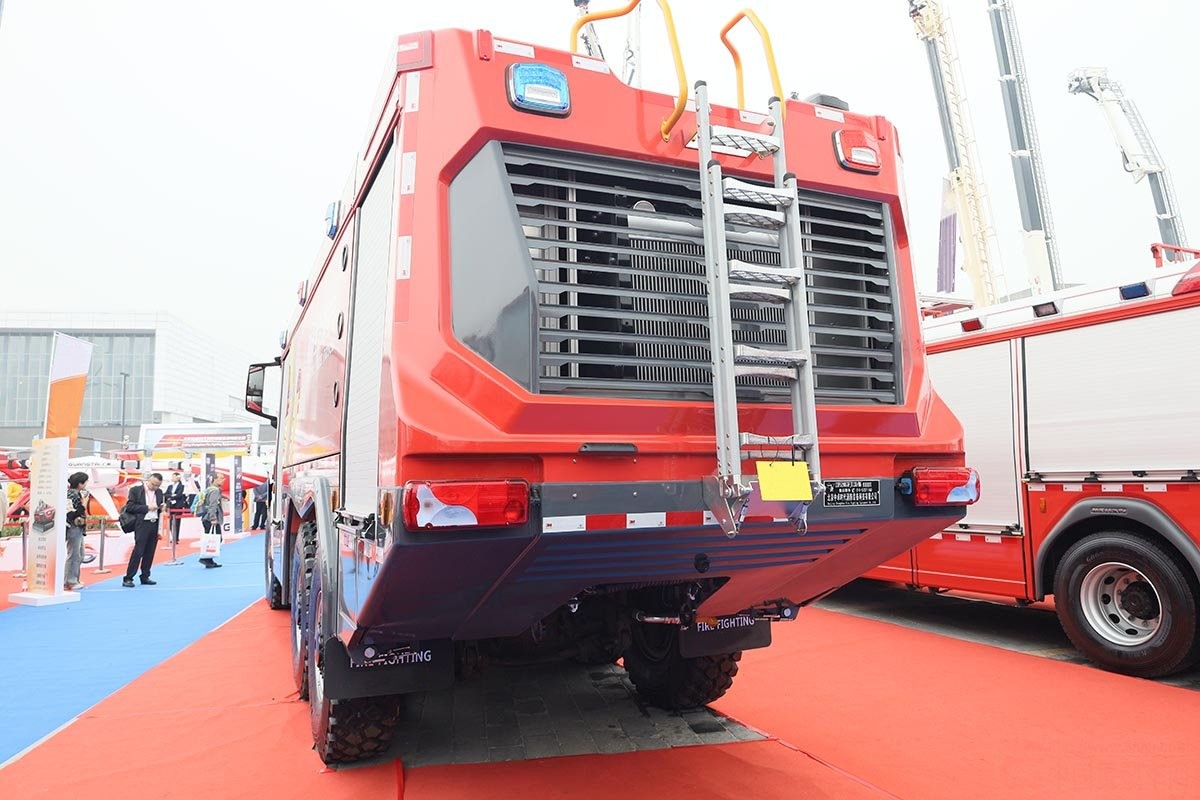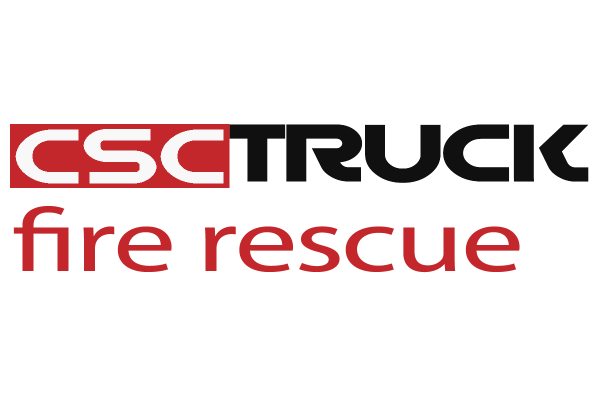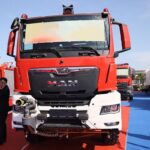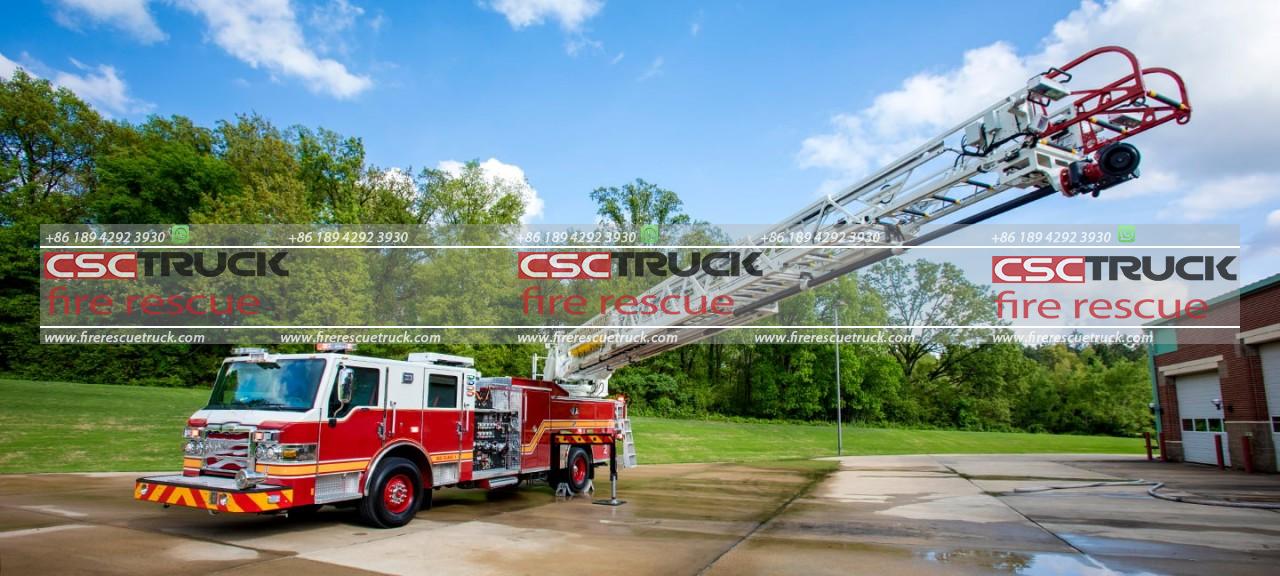Firefighting is a critical component of public safety, and different environments require specialized equipment. One of the most specialized fire trucks is the Airport Rescue Fire Fighting (ARFF) truck, which is specifically designed to handle emergencies in aviation settings. While standard fire trucks serve urban and rural communities by responding to structural fires, vehicular accidents, and medical emergencies, ARFF trucks must contend with unique challenges such as aircraft fuel fires, large-scale evacuations, and rapid response requirements. This article explores the key differences between ARFF trucks and standard fire trucks in terms of design, performance, capabilities, and firefighting technologies.
1. Purpose and Role
Standard Fire Trucks:
Standard fire trucks are designed for municipal and structural firefighting. Their primary roles include:
- Responding to building fires, vehicle fires, and hazardous material incidents
- Providing search and rescue operations
- Transporting firefighters and equipment to emergency sites
- Supplying water and fire suppression agents through hoses and aerial ladders
- Supporting emergency medical services
ARFF Trucks:
ARFF trucks are specialized emergency vehicles designed for rapid intervention at airports. Their roles include:
- Extinguishing aircraft fires caused by fuel or mechanical failures
- Providing emergency response for passenger rescues and evacuations
- Handling hazardous material spills, particularly jet fuel leaks
- Assisting in aircraft crash scenarios and wreckage clearance
- Offering high-mobility response across large airport runways and rough terrains
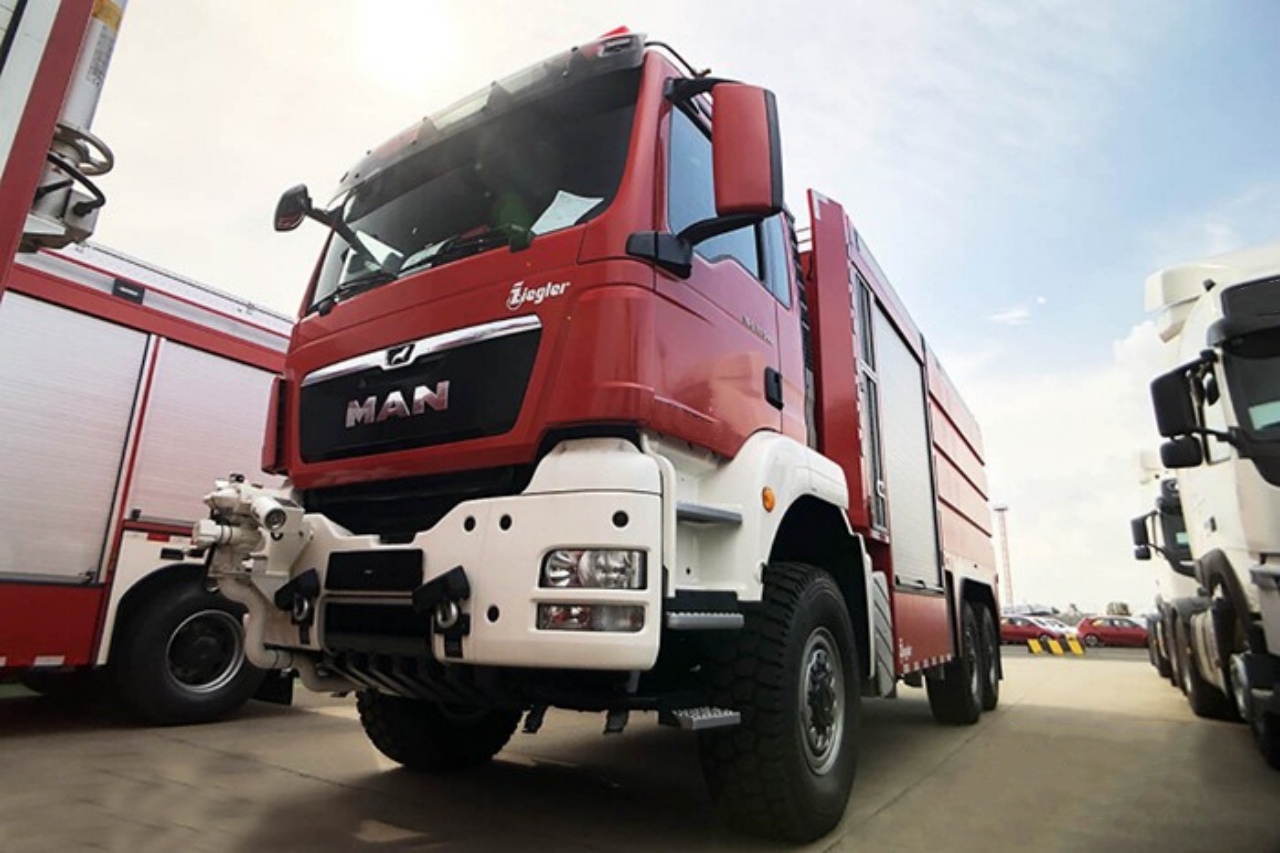
2. Design and Construction
Standard Fire Trucks:
Municipal fire trucks come in different types such as pumpers, aerial ladder trucks, and tankers. Their construction typically includes:
- Steel or aluminum body for durability
- A water tank ranging from 500 to 1,500 gallons
- A pumping system that delivers water at high pressure
- Hose reels and pre-connected attack lines
- Compartments for carrying firefighting tools and medical equipment
- Ladder systems for accessing buildings
ARFF Trucks:
ARFF trucks are built for high-performance, off-road mobility, and rapid suppression capability. Their design features include:
- All-wheel drive (AWD) for traversing unpaved runways and rough terrain
- Larger water and foam tanks (up to 4,000 gallons of water and 500 gallons of foam concentrate)
- Highly maneuverable chassis capable of high-speed response (often exceeding 70 mph)
- Reinforced cabin protection against heat and impact
- Tires designed for airport runways and rough terrain
- Lower center of gravity for stability during high-speed travel
3. Speed and Mobility
Standard Fire Trucks:
Urban fire trucks prioritize versatility over speed. Their top speeds typically range from 50 to 65 mph, and they are built for maneuvering in city streets and residential areas. They must be able to navigate through traffic, make tight turns, and operate efficiently in confined spaces.
ARFF Trucks:
Airport firefighting requires extremely fast response times to prevent catastrophic losses. ARFF trucks are built for acceleration and can reach speeds of 70 to 80 mph on runways. Their off-road capabilities allow them to reach crash sites even in difficult terrain or inclement weather. ARFF trucks use high-torque diesel engines for rapid acceleration, allowing firefighters to reach an incident within minutes.
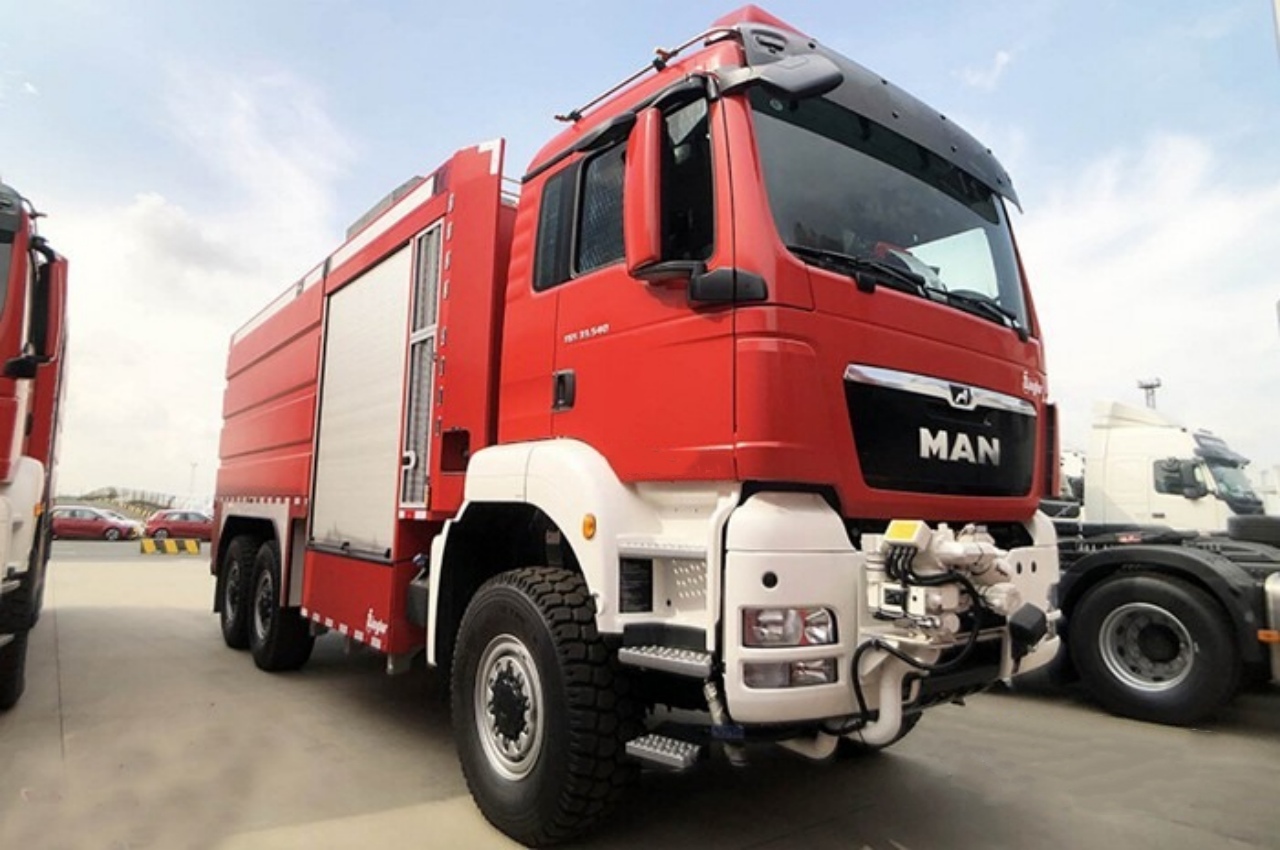
4. Fire Suppression Technologies
Standard Fire Trucks:
Municipal fire trucks rely primarily on water and dry chemical extinguishers for firefighting. Their main components include:
- Water pump and hoses with high-pressure nozzles
- Foam systems for handling fuel-based fires
- Aerial ladders for elevated firefighting
- Portable extinguishers for electrical or grease fires
- Fire hydrant connections for an unlimited water supply
ARFF Trucks:
Because aircraft fires often involve jet fuel, which burns at extremely high temperatures, ARFF trucks employ specialized fire suppression agents, including:
- Aqueous Film-Forming Foam (AFFF): A highly effective foam that suppresses fuel fires and prevents reignition
- Dry chemical agents: Used for quick knockdown of fires involving flammable liquids
- Purple-K Powder: A powerful chemical for aviation fuel fires
- Halotron and CO2 extinguishers: Used to prevent electrical and avionics fires
- High-flow turret-mounted nozzles: These allow ARFF trucks to project foam at long distances, sometimes exceeding 250 feet
- Under-truck nozzles: Provide fire suppression directly beneath the vehicle in case of fuel spills
- Snozzle or Piercing Nozzles: These tools can penetrate an aircraft fuselage to apply foam or water inside burning compartments
5. Crew and Operational Requirements
Standard Fire Trucks:
A typical fire engine is operated by a crew of 4 to 6 firefighters who handle various tasks such as operating pumps, managing hoses, conducting rescues, and providing medical assistance. Municipal firefighters are trained in:
- Structural firefighting
- Emergency medical response
- Vehicle extrication
- Water and ladder operations
ARFF Trucks:
ARFF vehicles are typically manned by fewer firefighters (1 to 3 per truck) due to the nature of airport fire response, which prioritizes fast deployment and powerful firefighting tools. ARFF personnel receive specialized training in:
- Aviation fire suppression tactics
- Aircraft evacuation and rescue procedures
- Jet fuel fire management
- Hazardous materials handling
- High-speed vehicle operation
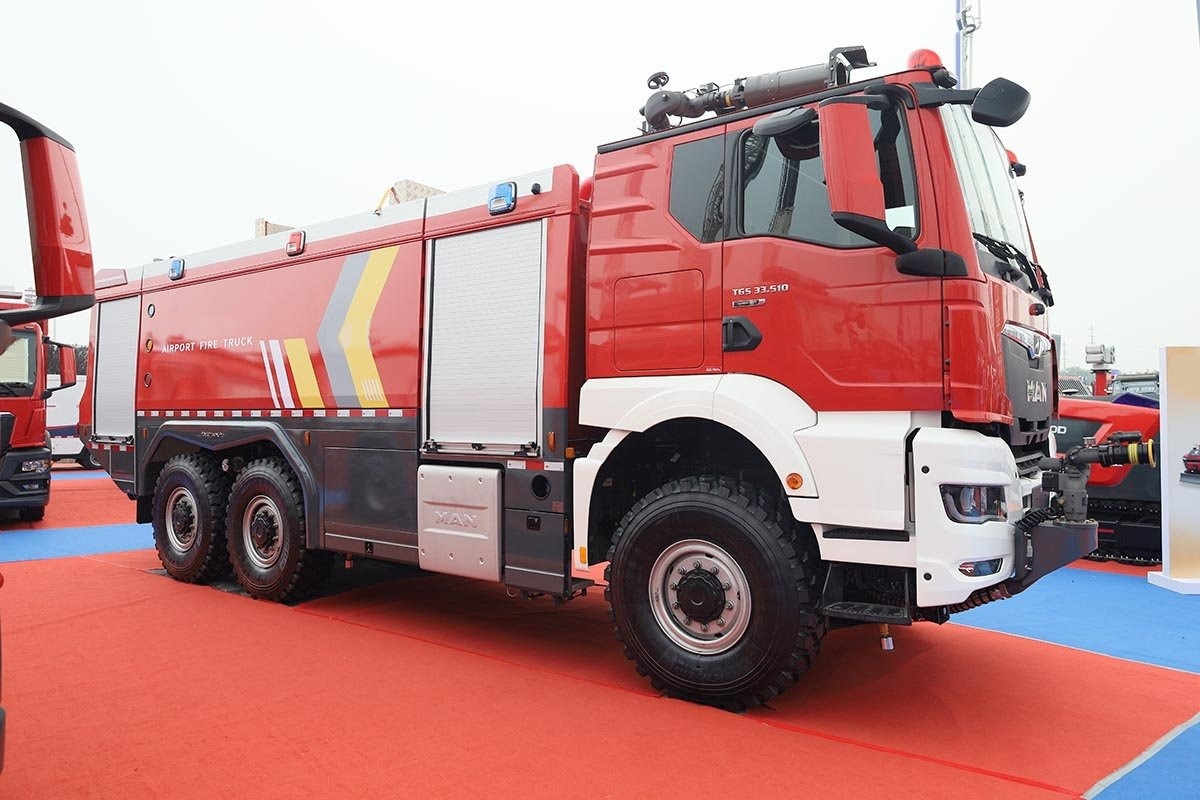
6. Regulations and Compliance
Standard Fire Trucks:
Municipal fire trucks comply with National Fire Protection Association (NFPA) standards, including NFPA 1901, which dictates specifications for urban fire apparatus. They are also subject to local and state firefighting regulations.
ARFF Trucks:
ARFF trucks must meet the standards set by the Federal Aviation Administration (FAA) and the International Civil Aviation Organization (ICAO). Key standards include:
- NFPA 414: Governs ARFF vehicle design and performance requirements
- FAA Part 139: Establishes minimum ARFF response times and firefighting capabilities for airports
- ICAO Annex 14: Sets international guidelines for airport fire protection
7. Cost and Maintenance
Standard Fire Trucks:
The cost of a standard municipal fire truck ranges from $500,000 to $1.2 million, depending on the specifications. These trucks require routine maintenance for pumps, ladders, and electrical systems but are generally built for longevity (15–25 years of service).
ARFF Trucks:
ARFF trucks are significantly more expensive, often costing $750,000 to $2 million due to their specialized design and high-performance equipment. Maintenance requirements are rigorous, with frequent inspections of:
- High-pressure foam delivery systems
- Turret and nozzle mechanisms
- All-terrain suspension and braking systems
- Rapid deployment features
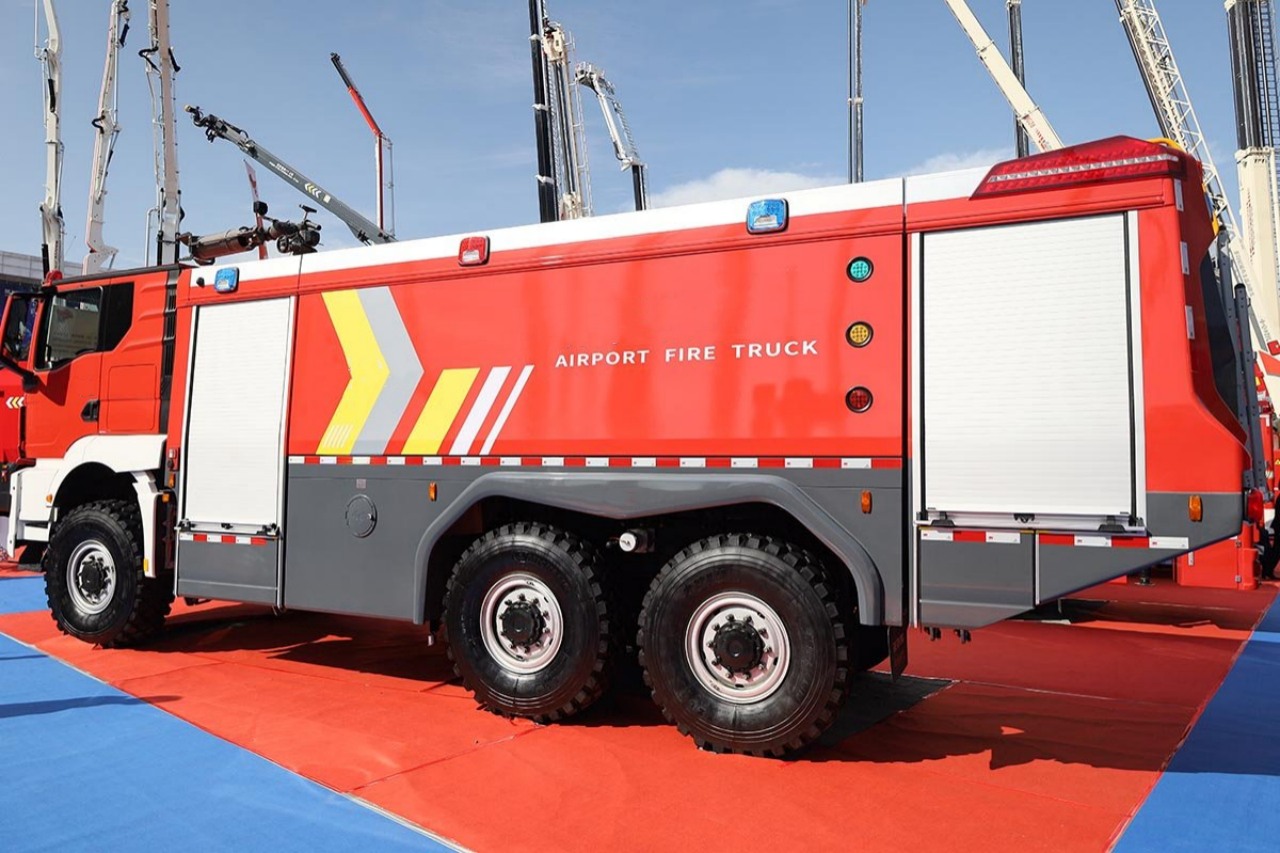
Conclusion
While standard fire trucks and ARFF trucks share the core function of firefighting, their differences are profound due to their distinct operating environments. ARFF trucks are engineered for high-speed response, specialized fire suppression, and aircraft rescue, making them indispensable for airport safety. Their advanced technology, powerful firefighting agents, and superior mobility distinguish them from their urban counterparts. With aviation safety being paramount, the continued evolution of ARFF vehicles ensures that airports remain prepared for any emergency.
